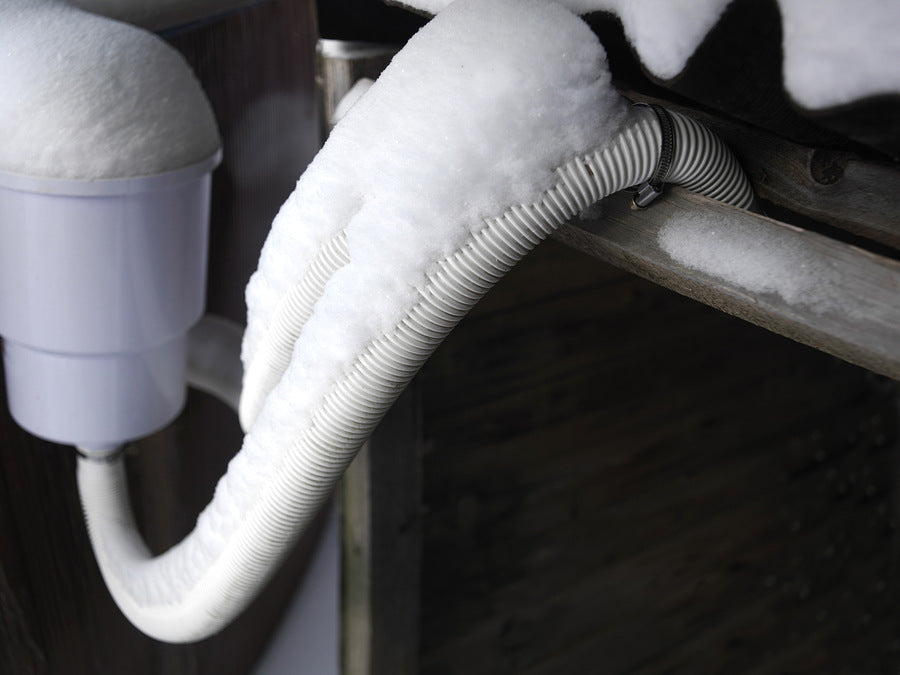If you're an individual or business located in a region where the winter months usher in sheets of ice and layers of snow, the question, "what temperature does snow melt?" is likely on your mind. Let's delve into the complexities of snow, its melting point, and how you can keep your pathways clear and safe throughout the winter season.
Mother Nature is known for her unpredictability and seasonal extremes. Winters can sometimes feel endless, with cold temperatures, bitter winds, and the seemingly ceaseless snowfall. One of the primary challenges faced by residents in such areas is dealing with the copious amounts of snow that blanket their driveways, sidewalks, and entryways. At the heart of this challenge is a fascinating scientific concept that most of us often overlook: the melting point of snow. So, at what temperature does snow melt?
The Science of Snow Melting
Snow, like any form of water, is subject to the basic principles of thermodynamics. The melting point of snow, which is simply frozen water, is the same as that of its liquid form - 32 degrees Fahrenheit or 0 degrees Celsius. However, this seemingly simple answer is subject to a range of environmental factors.
Air temperature, ground temperature, wind speed, solar radiation, and even the specific characteristics of the snow itself can all affect the rate at which snow melts. For instance, a blanket of snow can remain on the ground even when the air temperature rises slightly above freezing. This is due to the ground temperature lagging behind the air temperature, or the snow's high albedo (reflectiveness) returning the sun's heat back into the atmosphere.
Hence, while it's factual to say that snow begins to melt at 32 degrees Fahrenheit, the process of a snowy landscape transforming back into a green one is influenced by multiple environmental factors.
Adapting to Snow and Ice
While it's interesting to delve into the science behind melting snow, it's also practical to consider how this knowledge can be applied. Snow melting systems and heated mats, like those offered by HeatTrak, are designed to keep outdoor areas safe and accessible during the winter months.
By understanding at what temperature snow melts, you can more efficiently utilize these tools. For example, knowing when a forecasted temperature is likely to lead to melting can help determine when to turn your snow melting system on or off.
Conclusion
While winter weather can sometimes seem overwhelming, understanding the science behind it can make a world of difference. Knowledge about at what temperature snow melts, coupled with practical tools, can help us conquer the snowy months.
Speaking of tools, our snow & ice melting mats are designed with this knowledge in mind. These mats efficiently manage the snow melting process, ensuring that your outdoor areas remain safe and accessible, no matter what the thermometer reads.
As we gear up for another winter, let's not forget that understanding Mother Nature, coupled with the right tools, can turn the seemingly daunting task of snow management into a breeze. Stay warm, stay safe, and remember, at HeatTrak, we've got your winter needs covered.


